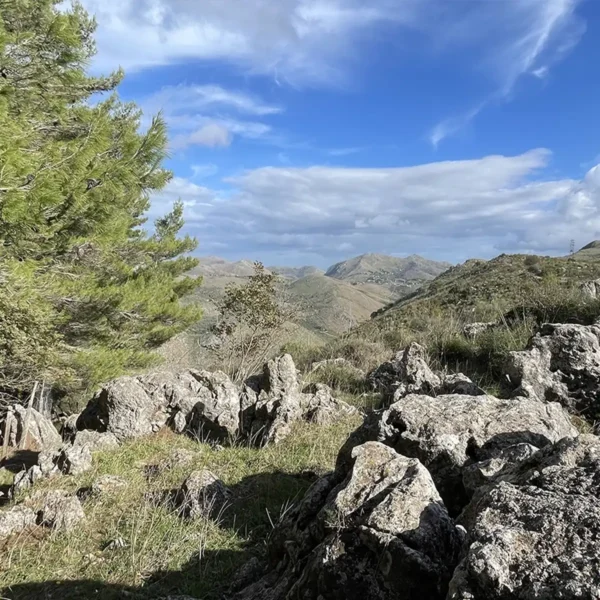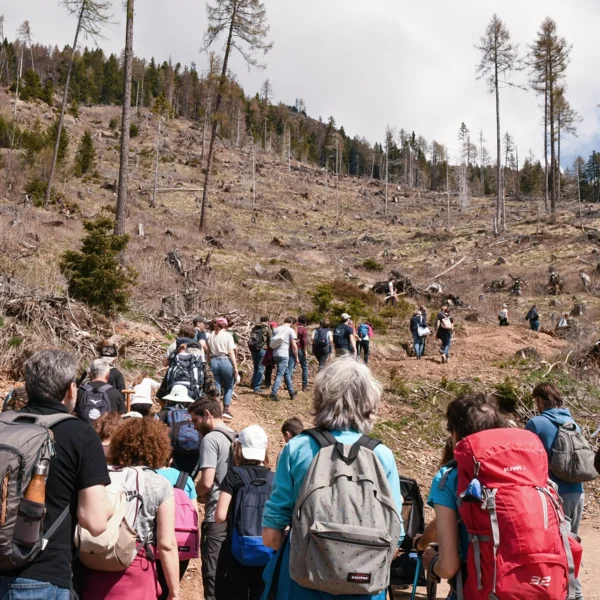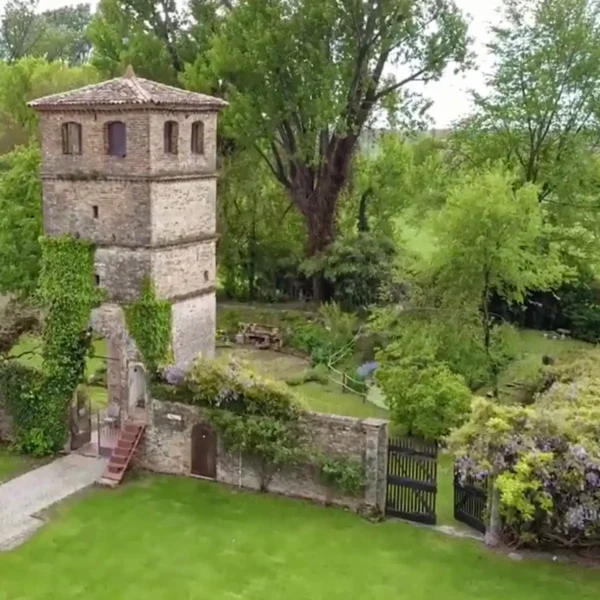
Adopt or gift a Hawthorn
Animal lovers
Lovers of good things
Who is always there
This sapling is characterized by white flowers and small thorns; the former loved by bees and the latter hated by birds, greedy for its berries. Hawthorn has become quite rare but, in the past, it shone with great fame. Known as 'the plant of the heart' it was highly valued for the cardioprotective and cardiotonic properties of its leaves and flowers.
Features
Scientific name: Crataegus monogyna
Common name: Common hawthorn
It grows on rocks, in hedges and woodland margins throughout much of Europe, North Africa and Western Asia. It belongs to the Rosaceae family and can take the form of a shrub or a twisted, spiny sapling. Between April and May, buds and clusters of small white or light pink flowers develop from the prickly branches. The fruits are also small in size, about 1 cm. They take on a beautiful bright red color when ripe, around October, and retain it throughout the winter, bringing a splash of color to the landscape.
Fun facts
The Common hawthorn is known since the earliest times. Apparently, it was Theophrastus who called it by the name later retained by botanists: "crataegus," from the Greek "kratos" meaning strength, robustness. The Greeks resorted to its well-wishing flowering branches for wedding processions. In contrast, Christians associated its immaculate flowers with the worship of the Virgin Mary, who, according to a little story, washed the baby Jesus' gowns and then laid them out to dry on a hawthorn shrub of all places. In ancient Rome it was the flower of weddings, a wish for happiness and prosperity, protecting babies in their cradles. This changed in the Middle Ages, when its branches became a symbol of bad luck if introduced into the home.
Properties and Uses
Vasodilatator, cardiotonic, and anxiolytic, hawthorn balances blood pressure and is an excellent treatment for neuro-vegetative dystonic disorders, such as palpitations, dyspnea, chest pain, and congestive flushing: its intake restores emotional and mental serenity, producing a pleasant feeling of well-being. Among the benefits offered by hawthorn is the ability to choose the formula best suited to one's needs, and to modulate its consumption according to the type of disorder.
Why adopt or gift a Hawthorn: what makes it unique
of CO2 captured over a year
reachable height
maximum life expectancy
Forests where you can grow your own Hawthorn, adopting it or giving it as a gift.

Bosco dei Sette Cieli
 Italia
Italia
Bosco della Panarotta
 Italia
Italia
Bosco delle origini
 Italia
Italia
Bosco di Villa Roberti
 Italia
Italia
Riserva Naturale Torbiere del Sebino
 Italia
Italia
Join our community
Do you like trivia about trees and forests, and want to know how you can help create a greener future and help nature?
Sign up for our newsletter!
A couple of times a month you will receive news, scientific insights without catastrophizing, offers to adopt our trees, and news from our projects. With WOWnature, helping the planet becomes a positive experience. Every tree is a step toward a better future.


